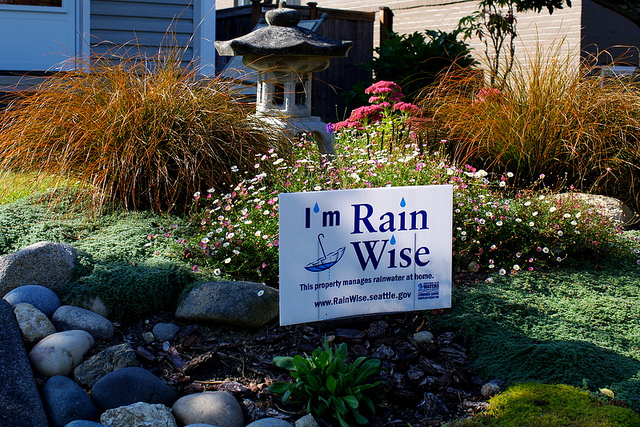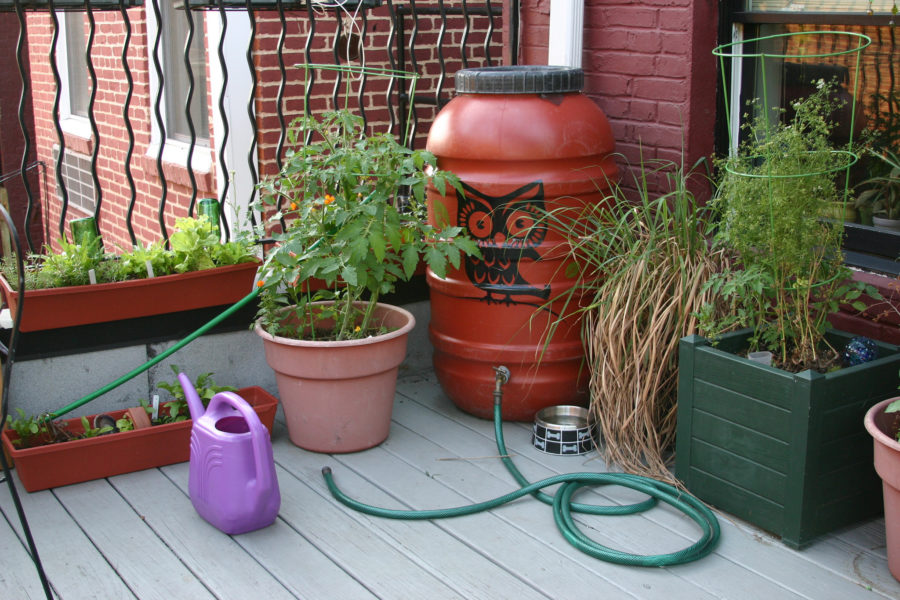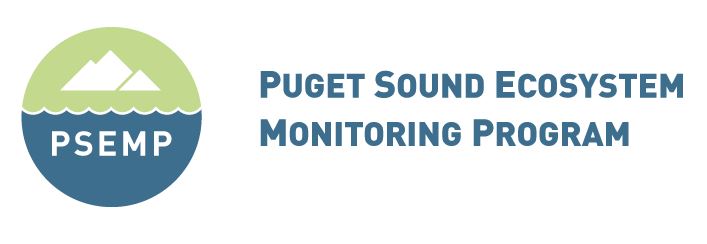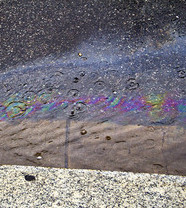Seattle’s RainWise rain garden program is spreading green stormwater solutions across the city, but the rebate program has been out of reach for some homeowners with more modest incomes. While RainWise offers generous reimbursements—$4,600 on average for the installation of rain gardens and cisterns—the homeowner has to pay for the work upfront, then wait up to two months for the program to pay them back. It’s an expense that not everyone can shoulder.
A new financial program called the Green Infrastructure Rebate Advance Fund (GIRAF) should remove that hurdle by bridging the payment gap. A separate access fund will also provide small grants to partially pay for projects near the Duwamish River that cost more than the city’s rebate.
RainWise “is definitely an exciting success story,” said Aaron Clark, the driving force behind GIRAF and program manager for the non-profit Stewardship Partners. Now GIRAF will put RainWise rebates in reach of even more residents.
RainWise is a joint program of Seattle Public Utilities and King County Wastewater Treatment Division. Participants setting up the new funding sources include Stewardship Partners, which leads the 12,000 Rain Gardens program, an effort to expand rain garden installations throughout the Puget Sound basin; Craft3, a nonprofit financial institution; and Natural Resources Defense Council (NRDC), which helped provide financial and other advice to get the project launched.
While the project is starting as pilot, GIRAF proponents hope the revolving fund for green infrastructure could expand regionally and beyond.











